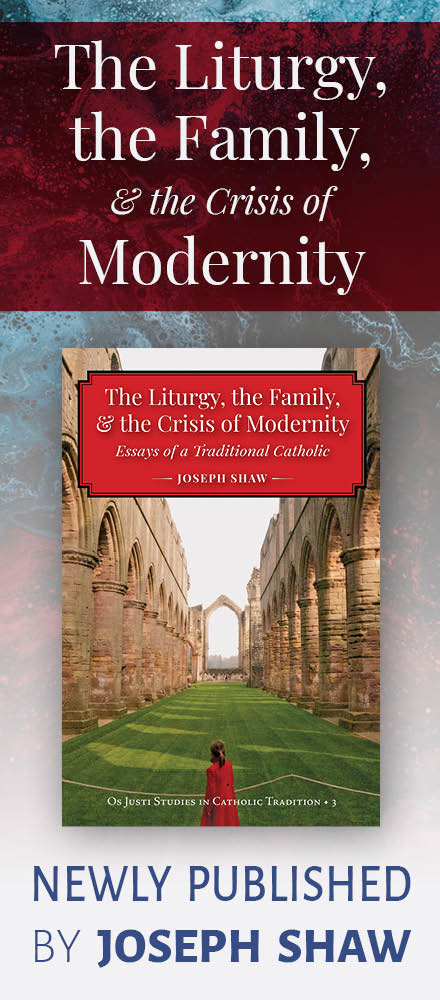St Martin,
whose feast we kept two days ago, was succeeded in the see of Tours, as he had predicted, by a monk named Brice, a singularly unpromising candidate to come after such a holy bishop. Martin spent as much time as his episcopal duties permitted among a monastic community at Marmoutier near Tours, into which he himself had taken the orphaned Brice. St Gregory of Tours describes Brice as “proud and vain”, and Martin’s biographer Sulpicius Severus tells the story in his Dialogues (3.15) that Brice was led by devils to “vomit up a thousand reproaches against Martin,” even daring to assert that he himself was much holier for being raised from childhood in a monastery, while Martin was raised in a military camp. Although Brice repented of this (as Sulpicius believed, because of Martin’s prayers), and asked for the Saint’s forgiveness, he continued to be a very difficult character. Martin refused to remove him from the priesthood, lest he seem to do so as an act of vengeance, but expressed his tolerance in less-than-complimentary terms: “If Christ could put up with Judas, why should I not put up with Brice?”
 |
| Ss Martin and Brice |
Martin had predicted not only that Brice would succeed him as bishop, but that he would suffer much in the episcopacy, words which Brice dismissed as “ravings.” Both predictions were fulfilled in the following manner. Although Brice was vain and proud, he was “chaste in body”, and yet he was accused of fathering a child. The revised
Butler’s Lives of the Saints says, with characteristic (and characteristically irritating) reticence, that he vindicated himself by “a very astonishing miracle”, without saying what the miracle was. Gregory of Tours tells us that Brice called together the people, and before them ordered the month-old infant to say whether or not he was the father, at which the child did indeed say, “You are not my father.” The people ask Brice to make the infant say who its father was, but Brice replied (pride still unconquered), “That is not my job. I have taken care of the part of this business that pertains to me; if you can, ask for yourselves.”
 |
|
|
This was attributed, perhaps understandably, to the use of magic, rather than holiness, and so Brice attempted to vindicate himself by carrying hot coals in his cloak to the tomb of St Martin; when he arrived his cloak was not burnt. But this sign was also not accepted, and so he was driven from his see, “that the words of the Saint might be fulfilled, ‘Know that in the episcopate, you will suffer many adversities.’ … Then Brice sought out the Pope of Rome, weeping and mourning, and saying ‘Rightly do I suffer these things, because I sinned against God’s Saint, and often called him crazy and deluded; and seeing his virtues, I did not believe.’ ” After staying in Rome for seven years, and purging his sins by the celebration of many Masses, he was restored to his see, which he governed for seven years further as a man “of magnificent sanctity,” according to Gregory, very much changed for the better by the experience. His popularity in the medieval period was very great, and his feast is found on most calendars, although not that of Rome. This is due in part to his association with St Martin, but perhaps more as an example of something that the medievals understood very well and loved to dwell on, that it is
never too late for God’s grace to bring us away from sin to sanctity.
The see of Tours also celebrates within the octave of St Martin another of its holy bishops, the historian and hagiographer St Gregory, whom we have cited above, whose feast is kept on November 17. A very charming story is told that he was unusually small, which must have been very small indeed to be noted in an age when people were generally much shorter than we are today. When he came into the presence of Pope St Gregory the Great during a visit to Rome, the Pope’s expression clearly evinced surprise at his stature, at which he quoted the words of Psalm 99, “He (i.e. God) made us, and not we ourselves.”






















